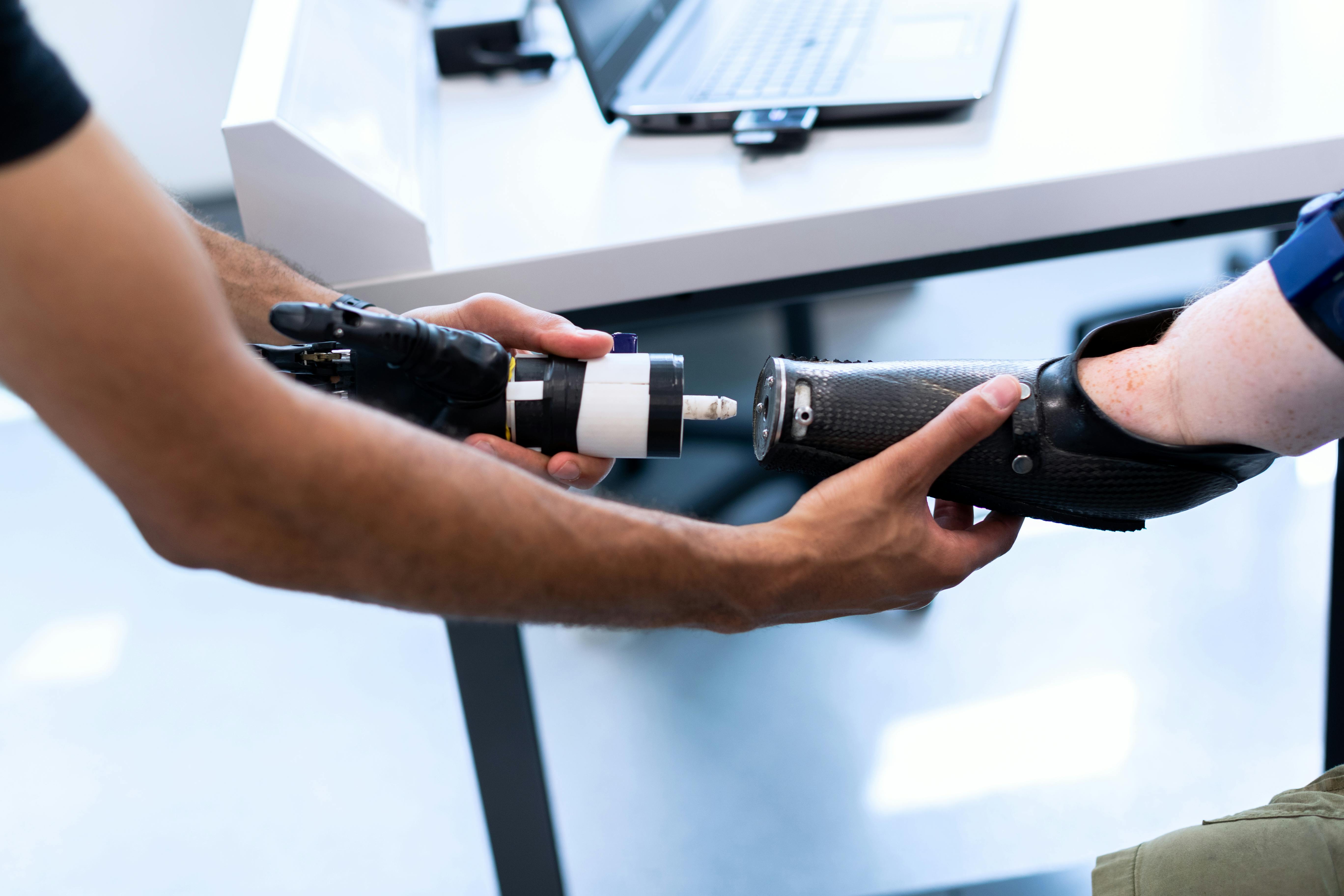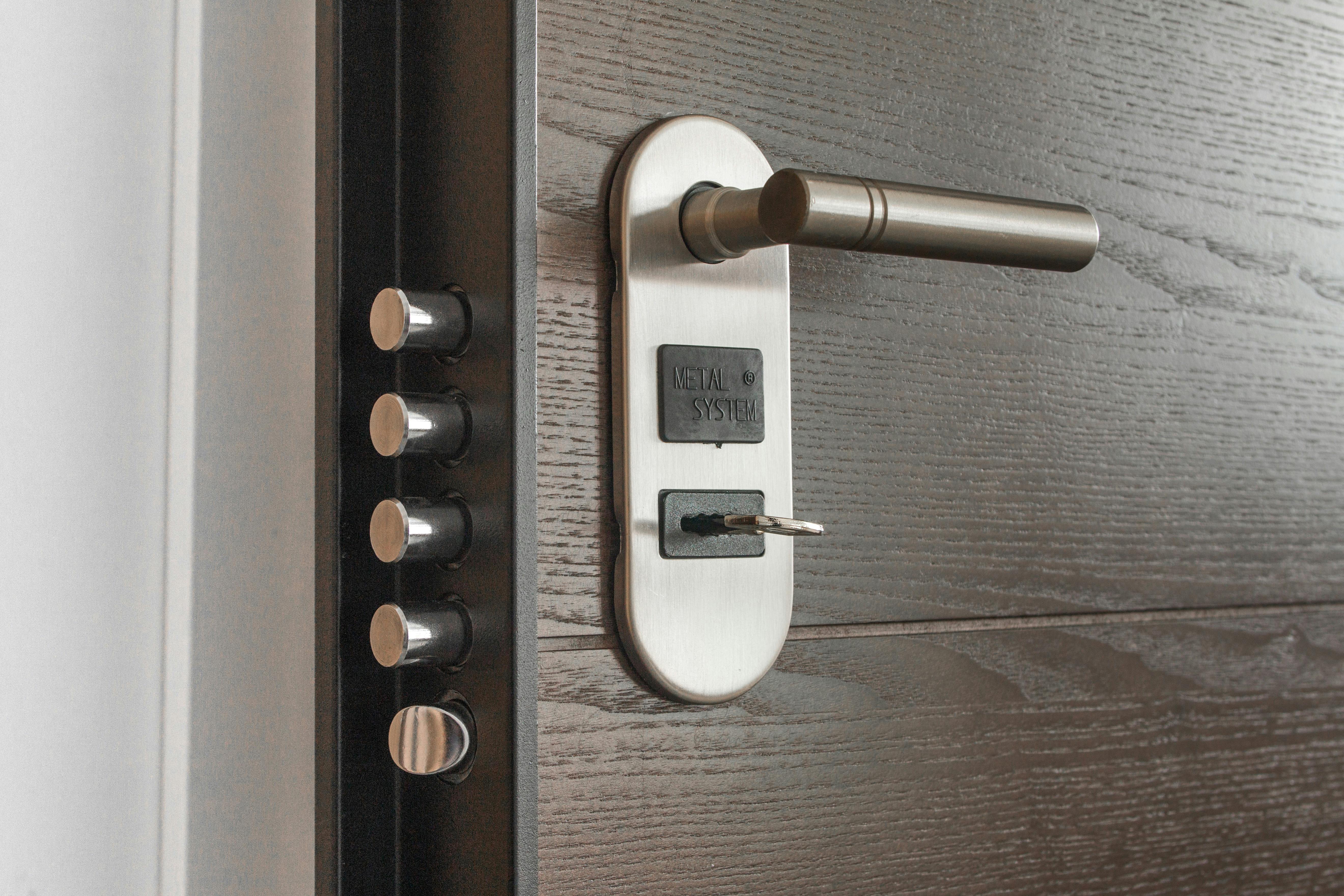Smart Home Discounts: How Technology Lowers Your Home Insurance in 2025

Why Smart Homes Save Money
In 2025, more U.S. homeowners are adopting smart technology not only for convenience but also for insurance discounts. From connected smoke detectors to water leak sensors, these devices reduce risks, leading insurers to offer lower premiums.
Key Statistics
- Over 60% of U.S. homes now have at least one smart device installed.
- Homeowners can save 5–20% annually on premiums with qualifying devices.
- Insurance providers are partnering with tech companies to reward adoption.
Types of Smart Home Devices That Qualify for Discounts

Common Qualifying Devices
- Smart Security Cameras: Deter theft and record evidence.
- Smoke & Carbon Monoxide Detectors: Provide early fire warnings.
- Water Leak Sensors: Prevent costly flooding damage.
- Smart Locks & Alarms: Reduce break-in risks with real-time alerts.
- Smart Thermostats: Monitor temperature changes to prevent frozen pipes.
Case Example
A homeowner in Chicago installed smart leak detectors and received a 15% premium discount. Months later, a burst pipe was detected early, saving $9,000 in potential damage costs.
Average Savings with Smart Home Discounts

How Much Can You Save?
- Security Systems: Save 10–20% on premiums.
- Water Leak Detectors: Save 5–12% annually.
- Smoke Detectors: Save 5–8% depending on insurer.
- Bundled Devices: Installing multiple devices can unlock extra discounts.
Case Example
A Texas homeowner paid $1,800 annually for insurance. After installing a full smart security and leak detection system, their premiums dropped by $300/year, saving over $3,000 across a decade.
Top Insurance Companies Offering Smart Home Discounts in 2025

Leading Providers
- State Farm: Up to 15% savings for smart alarms and water sensors.
- Allstate: Discounts on security systems and smoke detectors.
- Liberty Mutual: Partners with tech companies for device-based savings.
- Nationwide: Rewards smart leak and fire prevention devices.
- USAA: Special discounts for military families with smart security systems.
Case Example
A homeowner insured with Liberty Mutual received 10% off premiums after installing a Nest Protect smoke detector and a Ring security system, leading to total annual savings of $250.
Pros & Cons of Smart Home Discounts

Advantages
- Lower Premiums: Save up to 20% annually on insurance costs.
- Enhanced Safety: Devices reduce risks like fire, theft, or water damage.
- Convenience: Remote monitoring gives homeowners peace of mind.
- Higher Property Value: Smart homes are more attractive to buyers.
Disadvantages
- Upfront Costs: Devices and installation can cost hundreds or thousands.
- Privacy Concerns: Smart devices may collect sensitive data.
- Technology Dependence: Malfunctions or outages may reduce protection.
- Limited Discounts: Some insurers cap savings regardless of devices installed.
Case Example
A homeowner in Denver saved $200 annually with smart security devices, but initial setup cost over $1,500. Break-even took nearly 8 years.
Factors That Affect Smart Home Insurance Savings

Key Factors
- Device Type: Security systems typically bring the largest discounts.
- Integration Level: Multiple connected devices often unlock higher savings.
- Monitoring: Professional monitoring increases discount eligibility.
- Insurer Policy: Some insurers limit savings to certain brands or certified devices.
- Location: Discounts are higher in areas with higher crime or weather risks.
Example
A Florida homeowner with flood-prone property installed smart leak sensors, a security system, and smoke detectors. Their insurer offered a combined 18% discount, saving $420 annually.
Alternatives to Smart Home Discounts

Other Ways to Save on Insurance
- Bundling Policies: Combine auto, home, and life insurance with one provider for discounts.
- Home Renovations: Upgrading roofs, windows, and wiring lowers risk and premiums.
- Raising Deductibles: Higher deductibles reduce monthly premiums.
- Loyalty Discounts: Long-term customers often qualify for extra savings.
- Security Partnerships: Some insurers partner with alarm companies even without smart devices.
Case Example
A homeowner in Ohio saved 12% by bundling home and auto insurance, despite not installing smart devices.
Who Benefits Most from Smart Home Discounts?

Best Candidates
- Urban Homeowners: High-crime areas benefit from added security and insurance savings.
- High-Risk Weather Regions: States like Florida and Texas see major discounts from leak and fire sensors.
- Luxury Property Owners: High-value homes gain more from percentage-based premium reductions.
- Tech-Savvy Families: Those already using smart devices maximize insurer rewards.
- Frequent Travelers: Remote monitoring ensures safety while away, lowering insurance risks.
Case Example
A homeowner in Miami installed smart flood sensors and a security system. Their insurer reduced premiums by 20%, saving nearly $600 annually.
The Future of Smart Home Discounts

Emerging Trends
- AI-Powered Monitoring: Devices that predict risks like fires or leaks before they happen.
- Deeper Insurer Partnerships: More insurers providing free or subsidized devices to policyholders.
- IoT Integration: Full smart ecosystems where devices communicate for maximum protection.
- Dynamic Pricing: Real-time premium adjustments based on device activity and alerts.
Market Outlook
By 2030, experts expect over 80% of U.S. homes to qualify for smart device-related discounts, with insurers relying heavily on data from these systems.
Final Thoughts and Sources

Key Takeaways
- Smart devices reduce home risks and unlock 5–20% insurance savings.
- Security systems, leak detectors, and fire sensors provide the biggest discounts.
- Upfront costs can be high, but long-term benefits outweigh expenses.
- The future points toward AI integration and dynamic insurance pricing.
Final Recommendation
For homeowners in 2025, investing in smart home technology is no longer just about convenience—it’s a proven way to lower insurance costs and boost property safety. Start with essential devices like smoke detectors and security cameras, then expand to full smart ecosystems for maximum savings.
